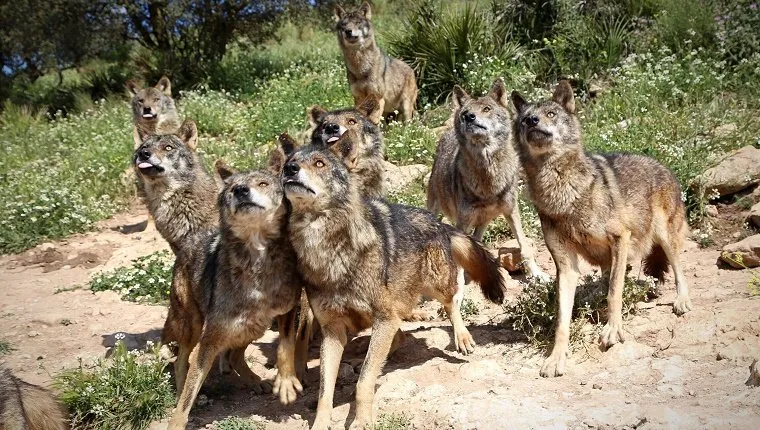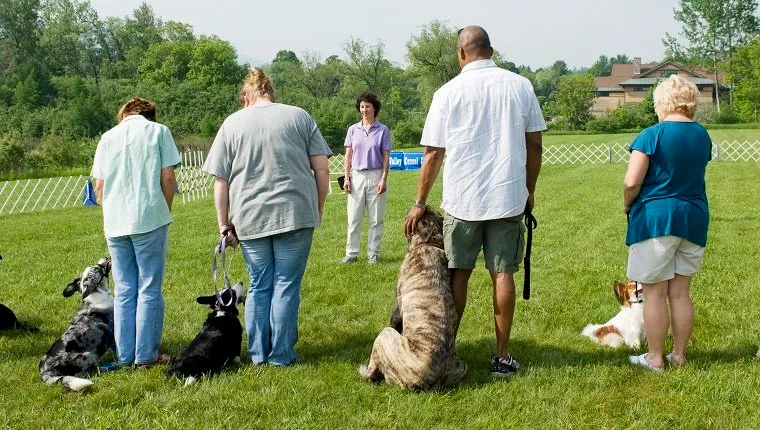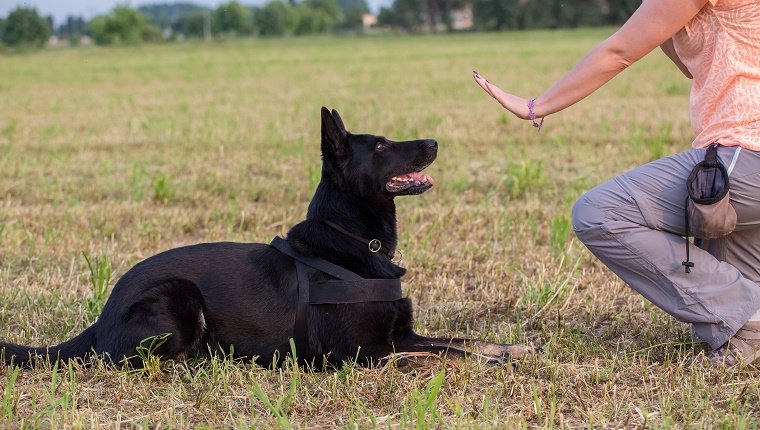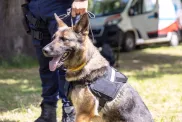You’ve probably heard about dominance training. It’s a popular form of training that says dogs need you to be the dominant “alpha dog” or pack leader. Dominance training would have you believe that your pup is in a constant struggle with you to become top dog, and you need to teach your canine companion to submit to your will. Well it turns out that the alpha dog is a myth, and dominance training might be leading thousands of dog owners to mistreat their precious pooches.

The alpha dog myth arose when researchers observed wolves in an enclosed habitat and found that one wolf became a pack leader, demanding to eat, mate, and meet his needs first while the rest of the pack recognized his dominance. The problem is, first, that wolves in the wild don’t typically act this way, preferring to do things for the good of the whole pack. The second problem with this theory is simply that dogs are not wolves. They were bred to be our companions and have different needs than their ancestors.

You may have noticed that if you have multiple dogs in your home that one appears to be “dominant” over the others, picking toys first, demanding more attention, and so on. But for the most part, this kind of dominance is not because one dog forces the other to submit. Instead, one dog peacefully defers to another on some things, like waiting in line for food, while being given priority on other things, like leading the way on a walk. When dogs aggressively demand these things over other dogs, it is more an issue of anxiety and insecurity rather than a show of dominance.

Dominance training is problematic for the dog-human relationship because it incorrectly suggests that you should be forceful, sometimes even punitive, to get your dog to be obedient. The result is that you may have a more obedient dog, but it will be a dog that is more anxious and afraid of consequences, rather than one who trusts and obeys because it has a great relationship with its owner. It may also exacerbate the behavior of a dog that seems like it’s trying to be dominant, but is really acting out of anxiety and insecurity.

So you may be wondering which training techniques you should use if not dominance theory. Well many modern day trainers suggest that, first, you learn to understand your dog. Reading your dog’s body language and cues is essential to communication, and it will help you express your desires to your dog more effectively. The next is to provide positive reinforcement and structure. If a dog acts properly, they get a reward. If not, there is no reward until the desired behavior is achieved. This training method builds trust, leadership, and communication between humans and their pups.
What kinds of training methods do you use for your dog? What do you think of dominance theory? Let us know in the comments below!
Related Articles:
The Dog-Wolf Link And Dominance Training
Dominance: Dog Training’s Dirty Word









